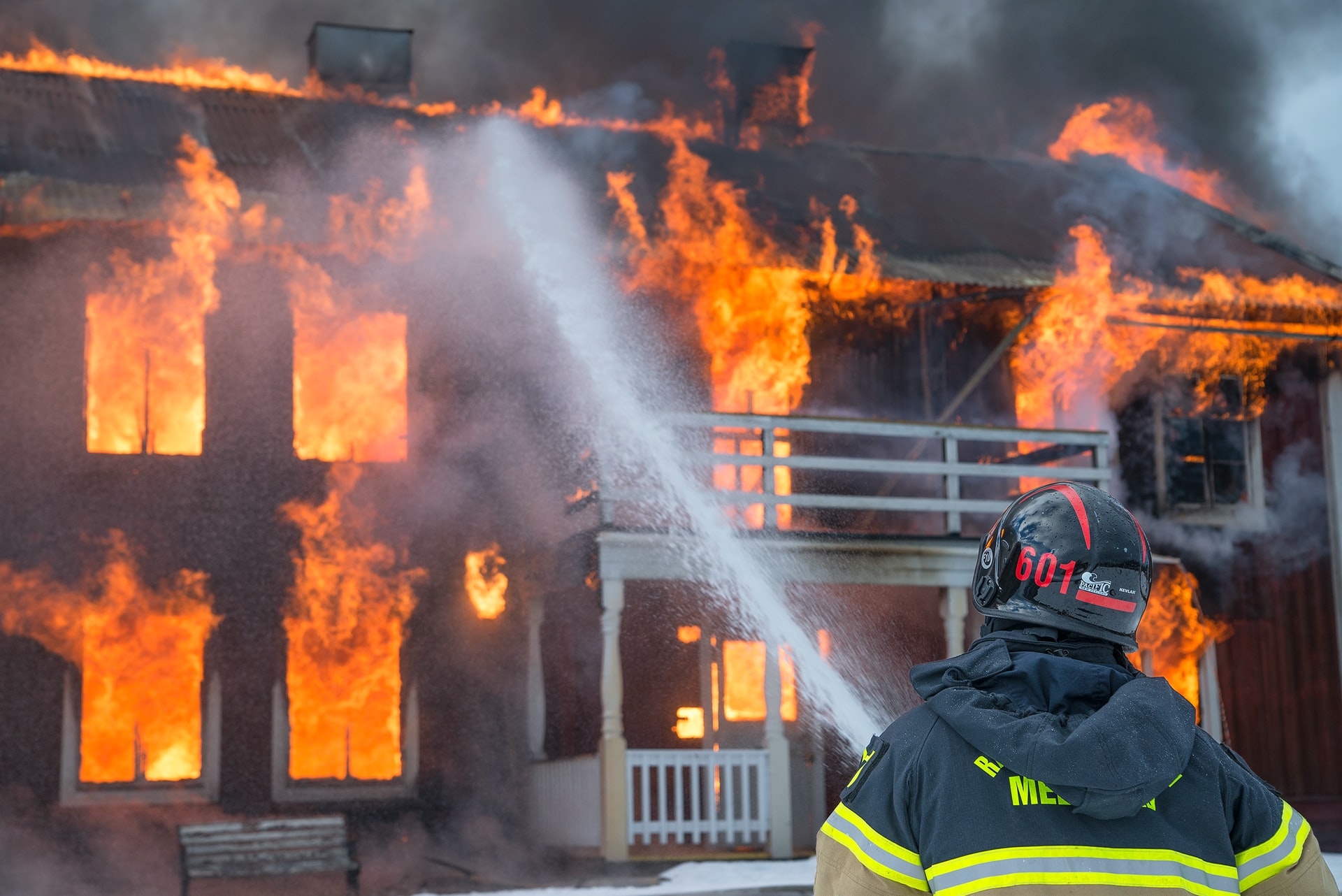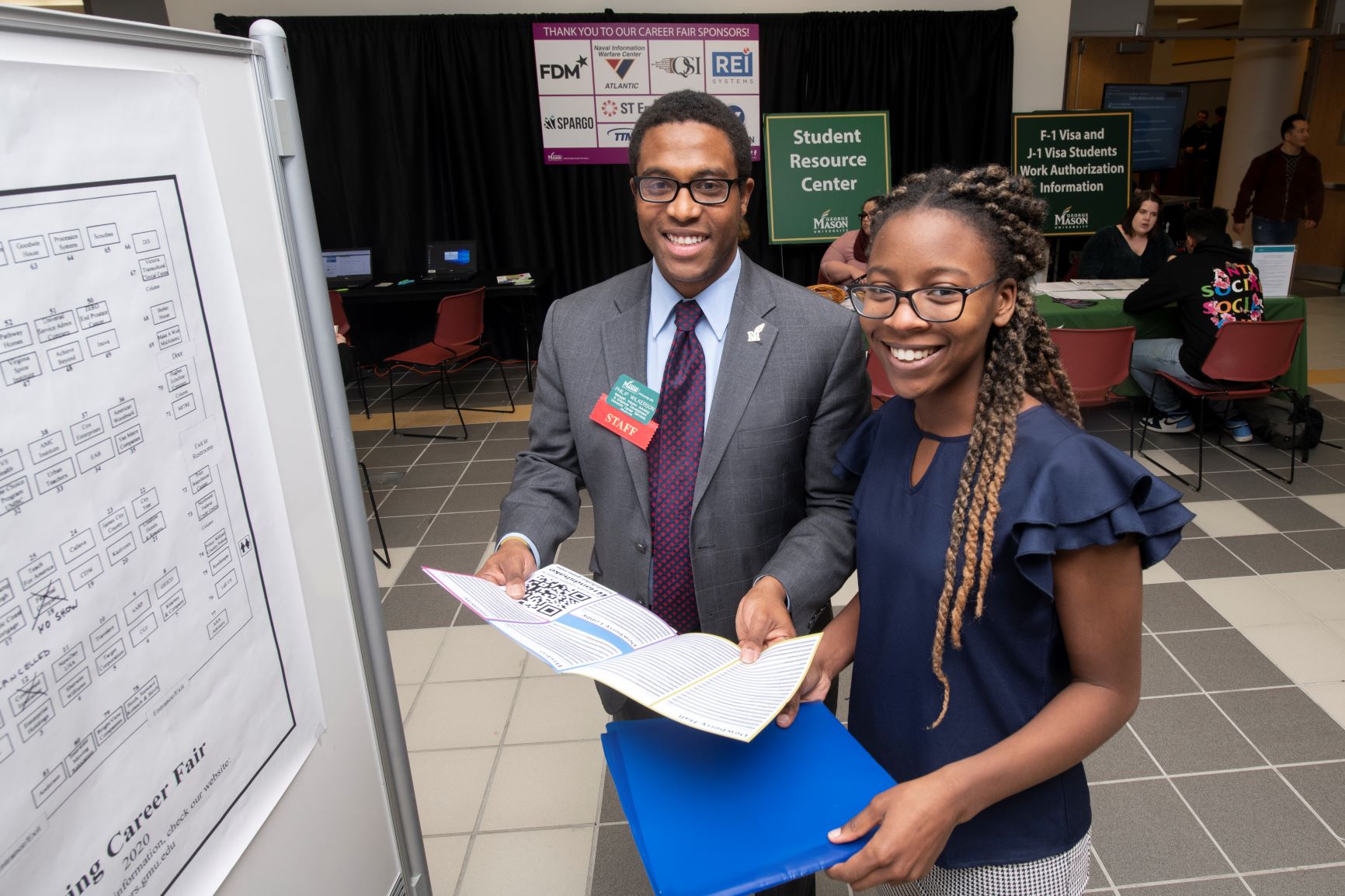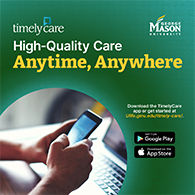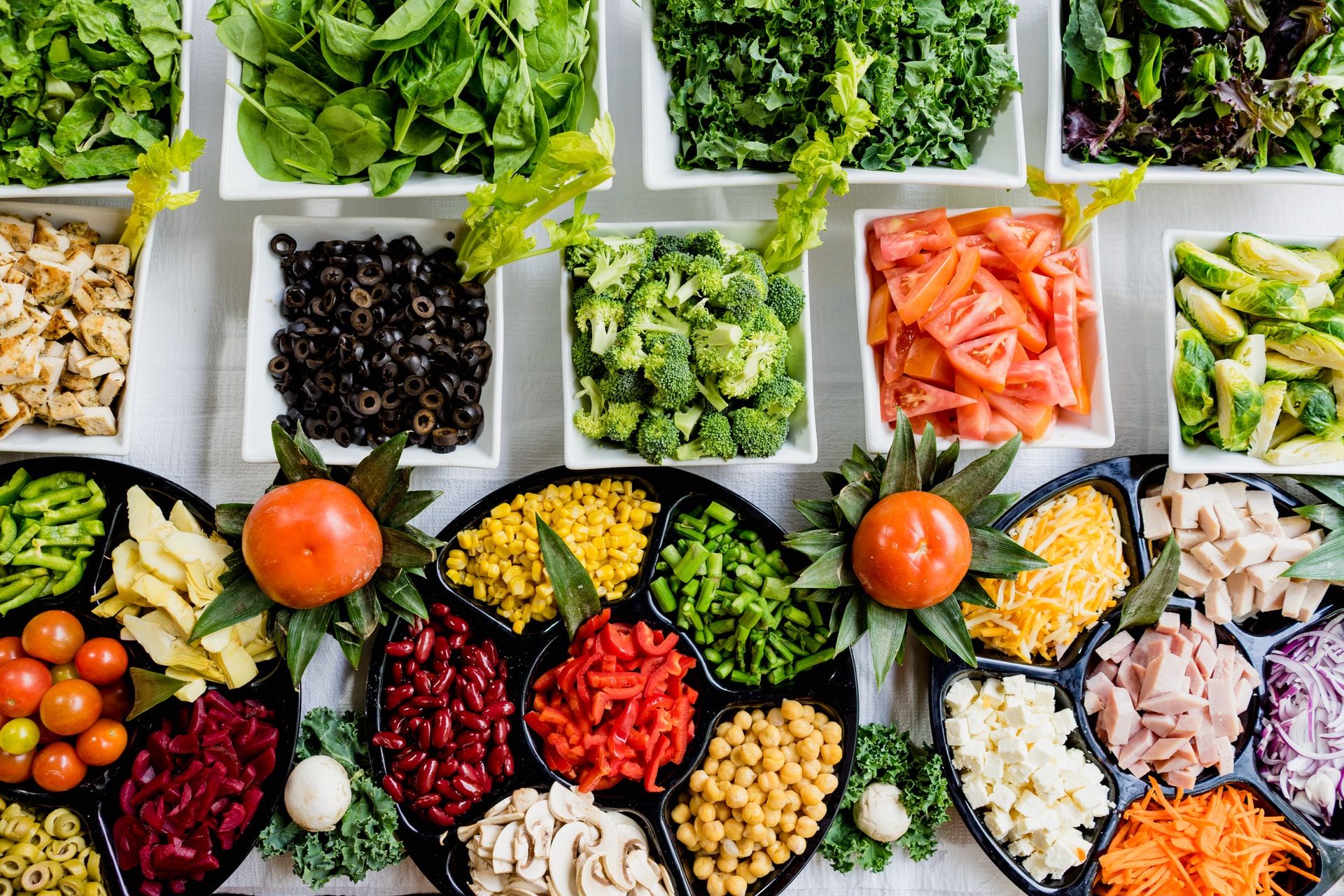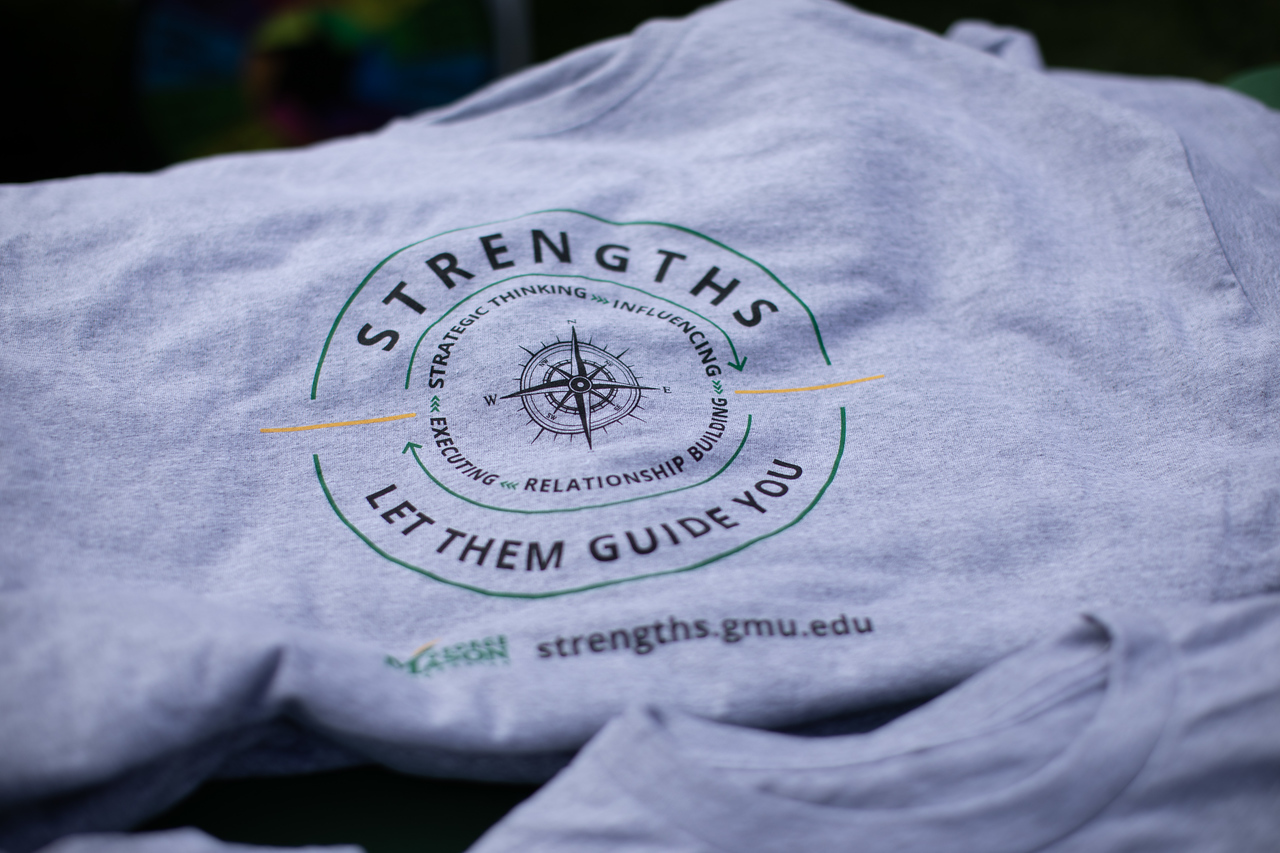This is the third in a three-part series by Mason students on the importance of emergency preparedness.
By: Attiyah Abdul-Alim, a Mason student majoring in Communication
“Preparation through education is less costly than learning through tragedy” – Max Mayfield, former Director, U.S. National Hurricane Center
Natural disasters – such as fires and storms – can be extremely stressful situations. Being as proactive and prepared as possible for natural disaster emergencies can help alleviate stress that may build into greater mental health issues.
It is common after disasters to have to deal with widespread destruction and damage, the loss of buildings and houses, injuries, and, sadly, losing loved ones. It is not uncommon for the trauma of these experiences to result in anxiety and depression for many. According to an article from the San Francisco Chronicle, after the Northern California firestorm in October 2017, the number of people seeking mental health resources in Sonoma County nearly doubled. Many of the calls came from new patients.
Many also experience common symptoms of post-traumatic stress disorder (PTSD), for example, nightmares, or excessive paranoia about safety. According to an article from the National Library of Medicine on mental health, six months after Hurricane Sandy a brief telephone screening found 14.5 percent of surveyed adults who experienced this storm were suffering from PTSD.
Unfortunately, it can be difficult for individuals to get information needed on emergency preparedness and supplies. This is not because the information and resources do not exist, but instead, because the necessary information is not shared widely with the community. Emergency preparedness is not a topic that is easily sensationalized, or popular to discuss.
For a family of four experiencing Hurricane Irene in 2011, a mild category 1 storm, preparations like a few extra canned goods and batteries seemed like enough. However, the unexpected came when power was not able to be restored to the area for close to four days after the storm had passed. With road conditions still making travel unsafe, necessities were unable to be restocked. Food and batteries were quickly beginning to run low; and there was still no real way of knowing when power would return. This, combined with worrying about running out of supplies, and being cooped inside a house for close to week, this experience quickly turned the emergency situation from controlled to dire.
Manage Stress by Preparing Well
Having a well-stocked and prepared emergency supply kit in a natural disaster can mitigate a lot of stress. According to the Fairfax County Community Emergency Response Guide, a standard emergency supply kit should include the following: water, food that doesn’t require cooking/refrigeration, disposable kitchenware, plastic bags, weather-appropriate clothes, blankets or sleeping bags, personal basics (washcloths, soap, toothpaste, shampoo, hygiene products), cell phone chargers, NOAA weather radios, flashlights, and a first aid kit. Viewing emergency preparedness as something that has to happen instantly can be overwhelming. Instead, keep in mind that kits do not have to be prepared and put together all at once.
It is also important to regularly update and maintain an emergency supply kit. Check expiration dates on perishables and medication twice a year. Replace seasonal items like clothes and shoes, and test batteries in flashlights and radios every three months or perhaps before holidays or family birthdays.
Picking up items gradually for kits can lessen the financial burden on emergency preparedness, and any stress. Looking over brief and basic information about common natural disasters in the area, and becoming familiar with the steps needed to stay safe, can also help you be prepared well.
Additional Resources
The Mason Ready website makes it easy for you to find the resources you need to prepare yourself for all types of emergency situations that may arise on campus.
For more information on health and well-being, visit Mason’s Center for the Advancement of Well-Being website.
For more information on being prepared for different types of natural disasters, visit the “Disasters and Emergencies” page from Ready.gov.
For more information on specific items that are helpful in emergency kits, visit the “Build a Kit” page from Ready.gov.
Write one of these Thriving Together Series features! We’re looking for contributions on all topics related to well-being. Read other Thriving Together Series articles here and contact us at cwb@gmu.edu for guidelines. Thank you for helping our Mason community thrive together online!

